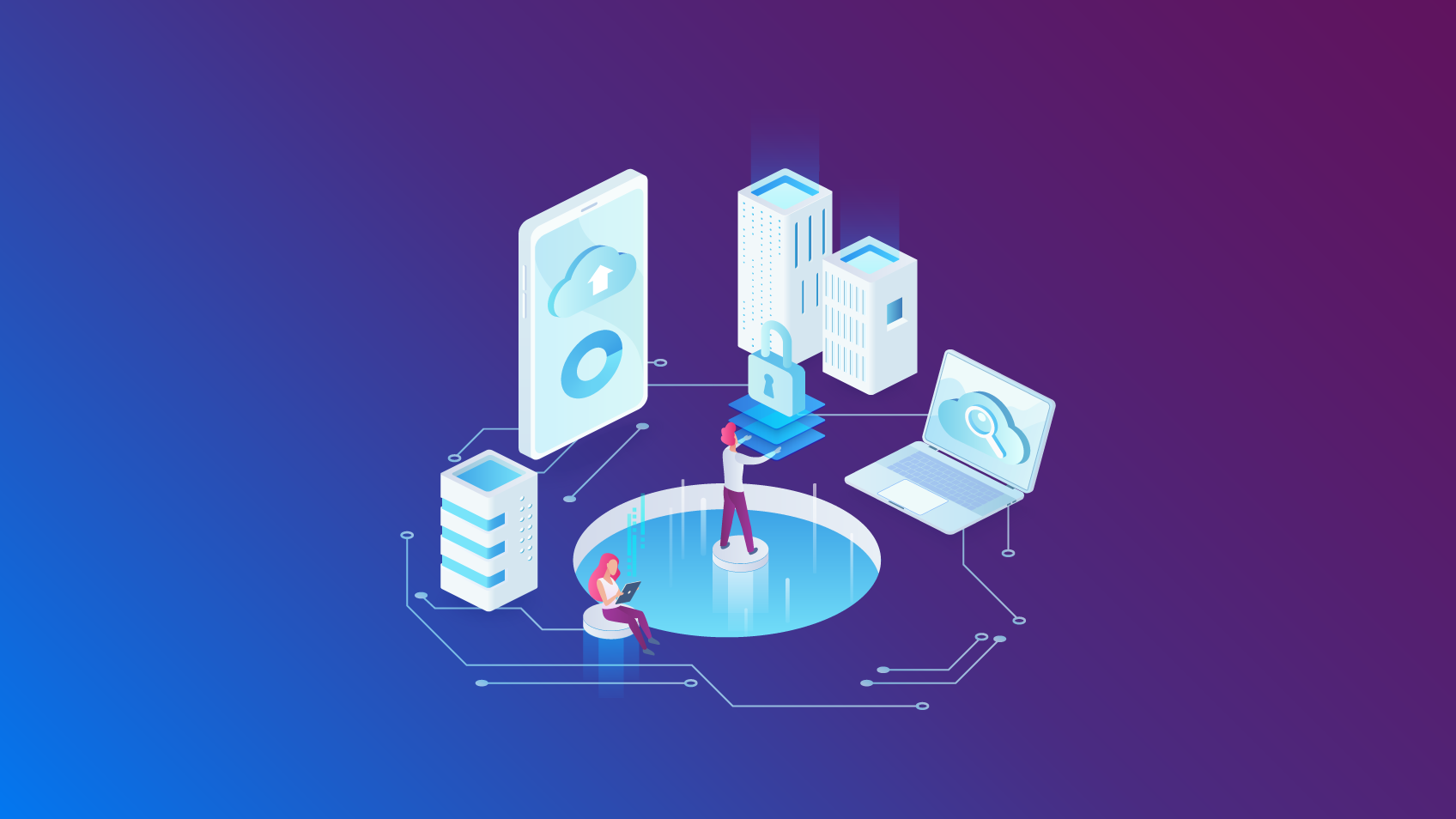5 SECOND SUMMARY:
- An application factory model allows Cloud migration to be made in a structured way and brings enormous advantages;
- In the financial sector, the architecture migration to Microsoft Azure can be done in four phases: Assessment; Planning and Preparation; Test phase; Migration.
We live in a digital age where the Cloud is a constant presence, and the need for application modernisation is no longer a novelty. With technology constantly evolving and the growing need to ensure robustness, flexibility and security, among other concerns, business architecture should be composed of scalable solutions, customised and adapted to specific challenges. Therefore, it is essential that companies modernise their infrastructure and architecture so that they can continue to innovate the features they provide to their customers. In previous articles, we have already mentioned that the Cloud migration process does not need to be something complex – it is enough to be developed according to a concrete action strategy – and in this article, we give exactly that example.
The application factory model
An application factory model allows Cloud migration to be accomplished in a structured way, starting with defining an approach to what the basis of work will be and then defining the next steps for the migration of different applications – ensuring the right processes and the involvement of suitable teams while enhancing the autonomy of the team focused on application modernisation. It is an approach that allows, after an initial phase, acceleration of the migration of the various applications to the Cloud, thus contributing to the modernisation of the customer infrastructure and, consequently, increasing their capacity to respond to business challenges; for which technology can be a fundamental tool.
App modernisation in the Financial Services Industry
Over the last few years, Xpand IT has been working with companies in the financial sector, providing the modernisation of applications to support their businesses. These businesses were faced with a set of legacy applications hosted on private servers, which operated in a very outdated environment. Cloud migration was therefore required. Given the existing partnership with Microsoft, and as a result of total trust in Azure, our Cloud solutions are presented and run exclusively on this platform. Xpand IT offers concrete, actionable proposals for Azure migration based on a microservices application architecture style. Once the proposals have been accepted, the approach used to migrate Lusitania architecture to Azure is an application factory model divided into four phases:
1. Assessment – the study of the current infrastructure. This step is very important in defining the best Azure migration approach. Initially, an evaluation should be made of the architecture of the solutions, covering existing applications and deciding which applications should be prioritised.
2. Planning and preparation – Knowing your architecture and applications, it is time to define a roadmap and set up the framework for cloud migration. At this stage, alignment must be ensured between all teams. This period should only end when all stakeholders are fully aware of the role they will be playing during the migration process.
3. Test phase – Before starting an Azure migration, it is essential to perform tests to ensure the reliability of the approach and to cover any potential doubts brought up by some hypothetical scenarios. After aligning these different scenarios with the tested architecture, it is time to migrate applications.
4. Migration – Once the test phase has been completed and a concrete roadmap defined, the official migration process begins. At this stage, it is still likely you will identify some issues or necessary adjustments which should be considered. Once the migration has been completed, the architecture should be protected from external threats and performed properly. It should also have maintenance, backup and disaster recovery tasks implemented.
The cloud migration process is potentially a long project, depending on the set of applications to migrate, but operation using an application factory model becomes a customer asset. At this point, all stakeholders have a well-defined roadmap and all teams are aware of their responsibilities, mostly autonomous, which results in high productivity and speed for the customer. A migration application factory for Azure applies standards, which accelerate the work to be done and the final result. It has, in essence, teams, tools and processes that work together in unison to attain a single goal – to ensure that migration takes place in a simple, systematic, optimised way.
To ensure the success of an application factory assembly model, we have selected three key principles that should be considered when developing a modernisation strategy:
1. Ensure clear stages and a collaborative environment for the working teams.;
2. All phases shall be worked on with the purpose of transforming the company infrastructure into a scalable, secure, efficient architecture capable of providing rich, personalised experiences;
3. Finally, align the development process with practical business needs.
Does your business need to move towards the Cloud?
Each application modernisation journey for Microsoft Azure is unique, and while there are recommended strategies, it is essential that your business architecture is analysed by a partner company and expert in application modernisation with Azure. Xpand IT is, for the second consecutive year, the Microsoft ‘Partner of the Year Portugal‘. At Xpand IT, we help our customers grow and become competitive by leveraging the latest Microsoft Azure best practices and services.
Still got some questions?
We would love to hear from you. Fill out the form, and let us know how can we help.

Partner and DX & UX Lead – Xpand IT














